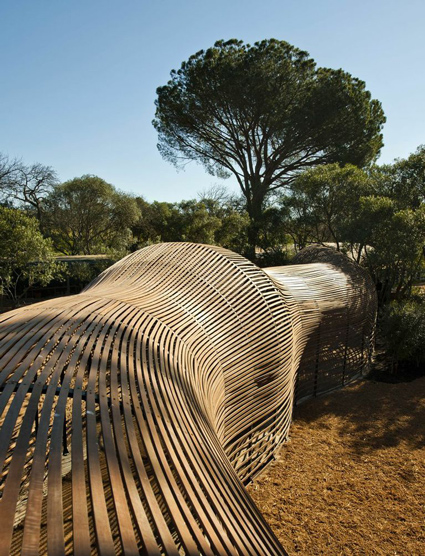On the Garden
It rings in the name, Babylonstoren, the Tower of Babel.
The farm is named after the humble hill that gives access to God, while being towered over by the surrounding Drakenstein, or Dragonstone, Mountains.
In 1680, when the farm was appointed to feed the passing sailors, this valley was called the Elephant’s Valley. The elephants are long gone, but the travellers keep coming. Of course they don’t all sail in nowadays, but these are hungry and fatigued travellers no less. Whether they stay for a couple of hours or a few days, we are happy to revitalize them. But more than just filling bellies, we are actually farming a myriad of stories.
The old story of why this part of the world was called the Cape of Good Hope has been polished up by presenting a garden filled with numerous varieties of edible plants from all around the world. Even older threads, reaching back to the Gardens of Babylon, are being watered by our own mountain streams feeding into irrigation channels and circling through fishponds. New and future stories are tinkered with daily as we experiment and play on the farm.
The garden is young. Only 5 years ago Karen and Koos, the owners, asked me to flesh out the plans sent by French architect Patrice Terravella, and so the quest to bring together the old and the new stories began.
I have introduced different fertility techniques for soil improvement, with the bonus of tall stands of green manure feeding the wild birds. The outlines are marvelously espaliered fruit trees, created by borrowing ideas from the neighbouring farms and inventing our own pruning techniques. The delicious snippets are fruits to be eaten fresh from the boughs or, as with the olives, to be pressed and converted into soap.
With the garden as the heart of the farm, our inspiration from nature is endless. We use the history of Babylonstoren as a springboard to create today’s fresh garden, which ushers us along as we tip-toe into the next era.







Photo credits: Hanlie Joubert

